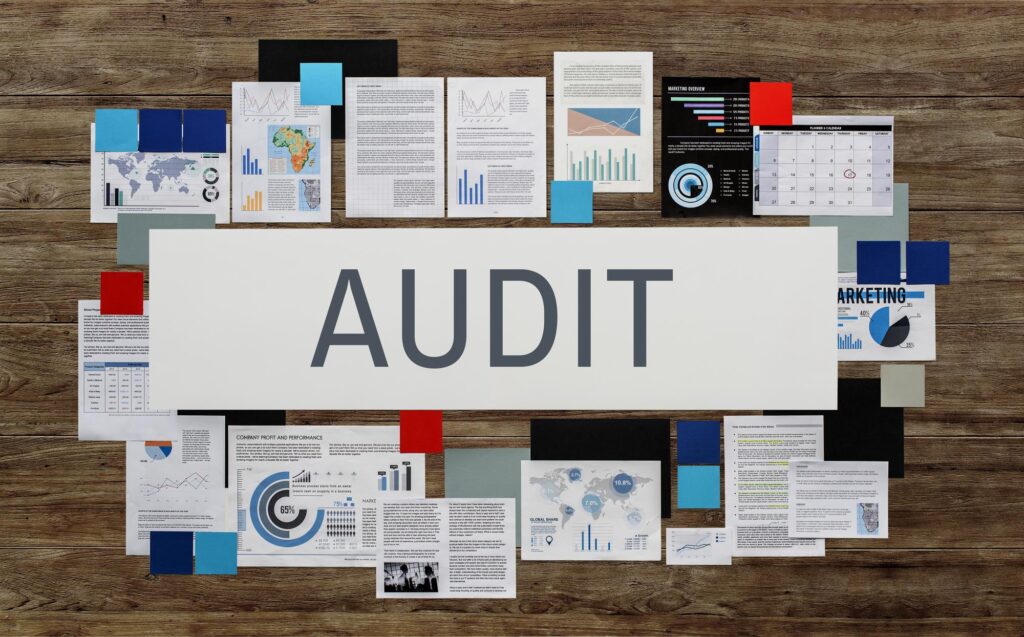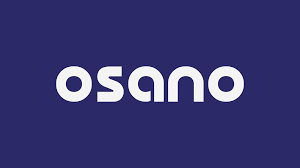5 Technology Tools That All Internal Auditors Should Be Using

Internal audit functions must be data driven, continuous, and auditable. This report identifies 5 technology tools that all internal auditors should be using. It outlines measurable benefits and provides real-world examples. It also includes a phased implementation roadmap. A total of 67% of Chief Audit Executives (CAEs) report increasing reliance on technology to address emerging risks. This makes deliberate adoption essential for modern audit teams (Deloitte, 2024).
Key Takeaways
- Audit management software, data analytics, continuous monitoring, risk assessment platforms, and collaboration tools are essential.
- Adoption reduces audit cycle times, increases coverage, and improves risk detection.
- A phased approach ensures minimal disruption and measurable ROI.
1. Audit Management Software
Purpose: Centralizes audit planning, execution, and reporting.
Recommended Tools: AuditBoard, TeamMate+, Wolters Kluwer CCH Tagetik.
Measurable Impact: Organizations using these platforms reduce audit cycle times by up to 30% and minimize versioning errors.
Example: A mid-sized manufacturing firm implemented AuditBoard and decreased manual reporting tasks by 50%, freeing auditors for high-risk analysis.
Implementation Tip: Start with core audits, migrate high-risk workpapers, and retire local spreadsheets within 90 days.
2. Data Analytics Tools
Purpose: Enables broad transaction coverage and anomaly detection.
Recommended Tools: IDEA, ACL Analytics, Microsoft Power BI.
Measurable Impact: Audit functions using analytics identify errors and potential fraud up to 42% more effectively than traditional sampling.
Example: A financial services company used IDEA to detect duplicate vendor payments worth over $120,000, preventing financial loss.
Implementation Tip: Mandate analytics for high-volume audits, provide centralized datasets, and track findings per 1,000 transactions for ROI measurement.
3. Continuous Monitoring Platforms
Purpose: Provides real-time assurance of controls and transactions.
Recommended Tools: SAP GRC, MetricStream, Resolver GRC.
Measurable Impact: Organizations report 30% faster issue detection and a 25% reduction in compliance gaps.
Example: A global retail chain implemented SAP GRC continuous monitoring for AP transactions, detecting 120 unauthorized payments in real-time.
Implementation Tip: Pilot on high-turnover processes such as accounts payable, payroll, and treasury before scaling enterprise-wide.
4. Risk Assessment Tools
Purpose: Systematically identifies, scores, and prioritizes organizational risks.
Recommended Tools: LogicManager, Resolver, RiskWatch.
Measurable Impact: Auditors can allocate resources to high-impact areas, reducing scope drift and improving audit planning efficiency.
Example: A healthcare provider integrated LogicManager into its audit planning. This ensured quarterly audits focused on the highest-risk departments. As a result, risk coverage improved by 35%.
Implementation Tip: Link risk assessment dashboards to audit planning, update quarterly, and report exposure to the audit committee.
5. Collaboration and Documentation Platforms
Purpose: Centralizes workpapers, evidence, and team communication.
Recommended Tools: Microsoft Teams, SharePoint, Confluence, Smartsheet.
Measurable Impact: Execution and fieldwork efficiency improved by 40% in organizations standardizing collaboration platforms.
Example: A multinational bank consolidated all audit documentation on SharePoint, reducing email-based errors and improving version control across 50+ auditors.
Implementation Tip: Enforce naming standards, retention policies, and secure access controls.
Impacts and Metrics to Track
| Metric | Measurement | Target/Benchmark |
|---|---|---|
| Coverage | % of transactions analyzed | 90%+ for high-risk audits |
| Time to Report | Fieldwork start → report delivery | Reduce by 20–30% |
| Findings Throughput | Findings per auditor hour | Increase by 15–25% |
| Remediation Velocity | Median days to close findings | <30 days for high-risk items |
Report KPIs quarterly to demonstrate measurable ROI and operational improvement.
Phased Implementation Roadmap
Phase 1 (0–6 months): Pilot audit management software and data analytics on high-risk audits.
Phase 2 (6–12 months): Implement continuous monitoring on high-volume processes.
Phase 3 (12–18 months): Integrate risk assessment dashboards and align audit planning.
Phase 4 (18–24 months): Standardize collaboration and documentation platforms across the audit function.
Governance and Risk Controls
- Perform vendor due diligence, verify SOC 2 or equivalent certifications.
- Implement role-based access, encryption, and change management procedures.
- Provide training and document responsibilities in the audit charter.
Conclusion
Adopting these technology tools that all internal auditors should be using improves audit quality, coverage, and efficiency. A phased approach with measurable KPIs ensures executives can track ROI and audit effectiveness. Organizations implementing these tools are better positioned to detect risks proactively, comply with regulations, and provide strategic insights.





